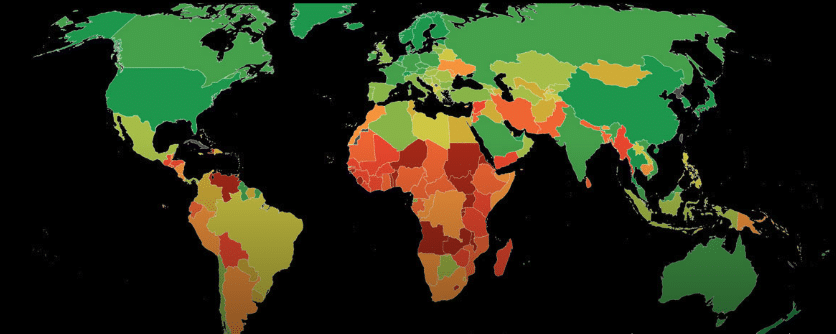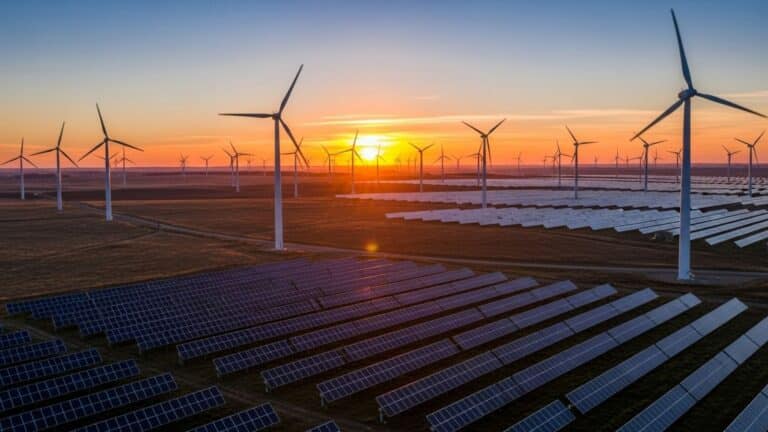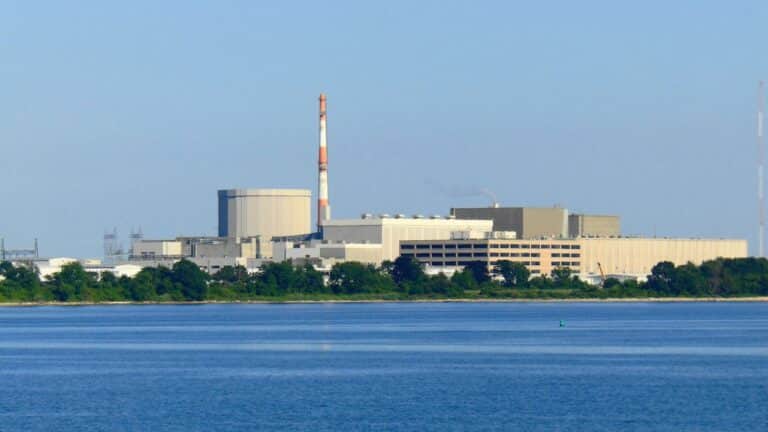Could a strategic lithium reserve kickstart US supply chain development?
NEW YORK -- A strategic lithium reserve is being mooted as a solution to stabilize volatile prices that have hindered American mining projects, allowi
Current Access Level “I” – ID Only: CUID holders, alumni, and approved guests only
Datasets by Gautam Jain & Andrew Kamau • July 08, 2025

When a country or community lacks sufficient, predictable, timely, and accessible funding to minimize the physical impacts from climate change, it can become trapped in a vicious cycle. Without resilient infrastructure, a country would likely suffer greater economic losses following a climate disaster than would otherwise be the case, which leads to a weaker fiscal position to spend on strengthening resiliency, thus leaving it more exposed to the next disaster, and the cycle goes on. To prevent such a downward spiral, sustained international support is needed for emerging and developing countries to access financing for building resiliency. However, international public flows to emerging economies for financing adaptation amounted to a meager $28 billion in 2022.
The first global stocktake undertaken during COP28 warned about the widening adaptation financing gap, which UNEP estimates to be $187-359 billion per year. Given the limited funding, it is important to direct them to places where they can have the maximum impact possible. The Climate Finance (CliF) Vulnerability Index can help in this regard. A donor can pick between two countries that face similar climate disaster risks based on where their funds can go further, as the index explicitly includes a separate dimension covering each country’s ability to access financing.
The index was created jointly by the Center on Global Energy Policy, represented by Gautam Jain and Andrew Kamau, and the Columbia Climate School, represented by Jeffrey Schlegelmilch and Andrew Kruczkiewicz, with support from Thalia Balkaran, Nitin Magima, Geneva List, Devshri Lala, Zain Alabweh, Sean Boylan, Amy Campbell, Emily Heard, and Max Mauerman. This work was funded through a grant from the Rockefeller Foundation. The methodology behind the construction of the index is described in Climate Finance (CliF) Vulnerability Index: Technical Methodology.
On November 6, 2025, in the lead-up to the annual UN Conference of the Parties (COP30), the Center on Global Energy Policy (CGEP) at Columbia University SIPA convened a roundtable on project-based carbon credit markets (PCCMs) in São Paulo, Brazil—a country that both hosted this year’s COP and is well-positioned to shape the next phase of global carbon markets by leveraging its experience in nature-based solutions.


The fashion industry sits at the intersection of climate, energy, and consumption, facing growing pressure to cut emissions, transition to clean energy, and build circular systems across global supply chains.

Full report
Datasets by Gautam Jain & Andrew Kamau • July 08, 2025